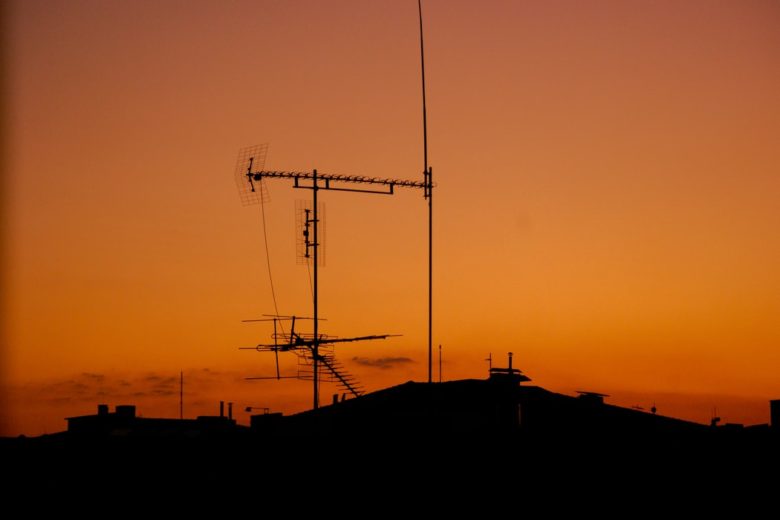It is no secret that dealing with any kind of electronic equipment can be a hassle and challenge to many and probably one of the most annoying things that can happen is wanting to enjoy your favorite TV program or show but being unable to due to bad reception. While many might think this problem occurs because of the quality of their antenna, more often than not, this is something that can be dealt with in several ways and without the need of going out and buying a new, more expensive device. There are several factors that influence the strength of your signal and quality of your reception and accordingly, there are steps one can take to improve, if not completely eliminate any issues.
Undoubtedly, it is a process that requires effort and a little of your time, but once you manage to boost your signal and better your reception, you will learn that all the hard work was worth it.
Now, you might be wondering what exactly are the factors that cause signal disruptions?
Well, as mentioned above, there are several of them. They can be geographical, such as your location or the distance from your home to the TV station transmitter, any hills, trees, and even buildings can also cause problems. They might be environmental and these include severe weather conditions or atmospheric pressure and lastly, man-made factors like electrical interference from other devices or equipment.
So let’s take a look at everything you can do in order to improve your TV reception.
-
Adjust the Location & Direction

Img source: unsplash.com
It is important to have in mind that the quality of your reception depends more on your location than on the quality of your antenna. Logically, if you live relatively close to a broadcaster tower, your signal will be stronger and generally unobstructed. The more distance there is, the weaker the signal.
The direction of your antenna also plays a role since turning it directly towards the station transmitter will also increase your chances of getting better reception. Additionally, you will want to make sure that you place it as high as possible to prevent other objects such as hills or buildings from obstructing the signal. This also means you should avoid placing it in the attic or any other indoor area.
Don’t forget that safety should be your top priority when working with an outdoor antenna, so make sure you are familiar with safety guidelines before getting onto your roof. Moreover, if it is extremely difficult to get onto it or if you are uncertain about your abilities, it might be better to hire a professional. Companies such as MikeHarrisAerial&Satellite not only provide installation services but also have a team of engineers that offer aerial fitting services as well.
-
Check All Devices That Might Cause Interferences

Img source: unsplash.com
Wireless routers have become essential devices in many households but they can cause disruption to your reception. In fact, any type of wireless piece of equipment can lead to interference so you might want to consider placing them as far away from your antenna as possible.
Sometimes using other appliances might cause problems due to poor cable and wiring insulation. In such cases, getting a power conditioner might be a good decision. Having several antennas next to or near each other can cause issues as well, so make sure you change the location if possible.
Reflective surfaces around your aerial can lead to disruptions in the signal, so when installing your device, make sure to place it a meter above the surface to minimize the effects.
-
Install an Amplifier
Although you might need to spend extra money to buy the device, installing an amplifier will not only boost your signal but will also ensure that it stays strong even in bad weather conditions. It also enhances your antennas range and can be plugged into your TV separately. What‘s even better is that the installation process is quite easy too.
-
Get a Second Antenna

Img source: unsplash.com
If towers are scattered in different directions and your antenna is unable to pick up signals from all of them, installing a secondary directional one might be a good option. This will enable you to pick up more channels as well, just make sure they are at least one meter apart and that their coaxial cables are the same length to avoid interference or phase problems.
-
Get a Better Quality Tuner or Try Resetting Your Old One
Tuners are used for the conversion of TV signals into digital format. It also stores channel information so you might want to clear its cache by resetting the device. This will also give you access to any channels you weren‘t able to get before.
Many newer tuners also offer amazing software and features, for example, allowing you to stream antenna signals to any device in your home. If this is something you are interested in, you might want to do some research and find a device suitable for you.
-
Secure & Regularly Check the Antenna & Its Components

Img source: unsplash.com
Although your aerials frame might be waterproof, it is likely that some of its smaller components, like screws or connectors, are not. Severe weather conditions can cause erosion, leading to signal disruptions. Cables can get worn over time, weakening your signal in the process. You will also want to secure your equipment so that it‘s rigidly fixed in its place since movement caused by wind or other factors can lead to disruptions.
Checking your antenna, coaxial cable, and wires once a year will give you a chance to detect any damage and replace the necessary parts.
Conclusion
Hopefully, following the tips in this article will help you improve your antenna signal and reception. Take some time and try them out and you might be surprised at how easy or simple the problem was to solve. And remember that, if nothing else works or if you simply don’t feel like dealing with all the hassle, you can always hire professionals to do the job for you.




